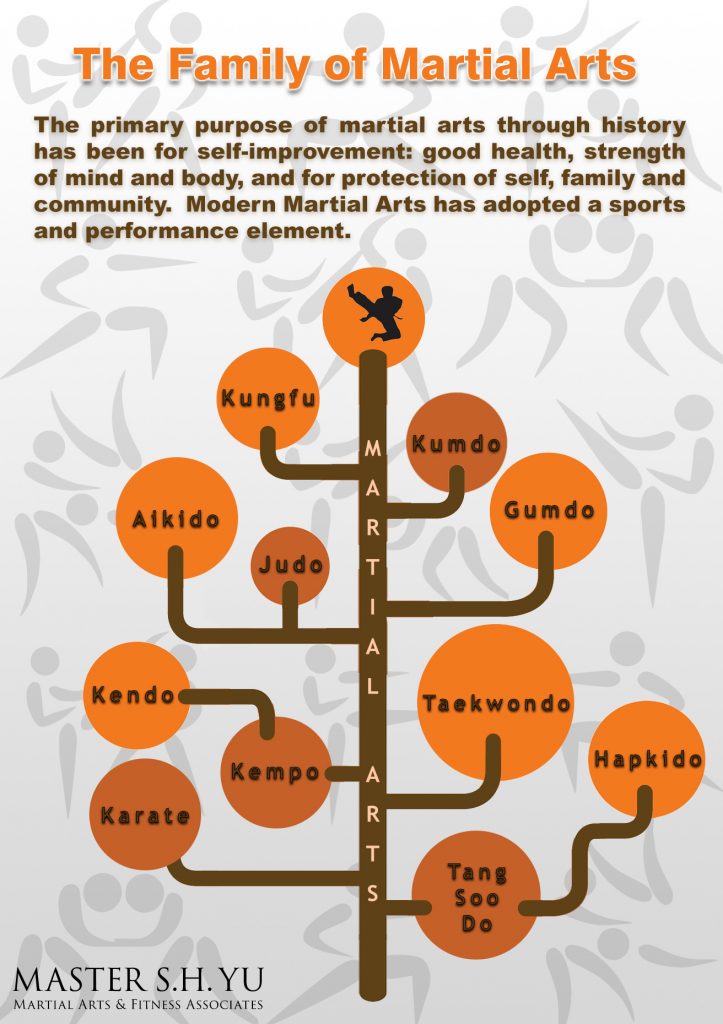The Development And Historical Importance Of Martial Arts Throughout Different Societies
The Development And Historical Importance Of Martial Arts Throughout Different Societies
Blog Article
Produced By-Egeberg Silverman
Martial arts have a fascinating background that covers centuries and continents. You could discover it appealing exactly how old practices like Shuai Jiao and Kalaripayattu prepared for contemporary combat methods. These disciplines not just highlight physical skills yet also reflect the societies that birthed them. As you explore their evolution, consider just how globalization has transformed these typical forms into hybrid styles. What impacts do you think have shaped today's martial arts landscape?
Ancient Martial arts: The Foundations of Fight
As you delve into the globe of old martial arts, you'll discover the rich structures that shaped combat techniques throughout societies. Very early techniques concentrated on Self-Defense and survival, typically integrating strikes, grappling, and weapons.
In old China, for instance, techniques like Shuai Jiao stressed throws and joint locks, while India's Kalaripayattu showcased agility and liquid activity. Japanese samurai created Kenjutsu, a refined swordsmanship that highlighted self-control and strategy.
These martial arts offered not just for battle yet likewise as a way of individual growth, instilling values like respect and willpower. The blending of these strategies with time prepared for the varied martial arts you see today, each mirroring the special approaches and demands of its society.
The Social Impact on Martial Arts Advancement
While martial arts often mirror the practical needs of a culture, they additionally symbolize the social worths and ideas of their beginnings. When you discover various martial arts, you'll notice how they're influenced by faith, viewpoint, and social standards.
For example, the emphasis on respect and technique in Japanese martial arts stems from Zen Buddhism and samurai culture. In contrast, Brazilian Jiu-Jitsu promotes flexibility and technique, shaped by the demand for performance in a diverse, modern atmosphere.
You could discover that the rituals, uniforms, and training methods mirror a neighborhood's background and identity. By understanding these social influences, you strengthen your appreciation of martial arts and their role fit human experiences across the globe.
Modern Adaptations and the Globalization of Martial arts
Martial arts have changed significantly in recent decades, adjusting to modern culture and global influences. You'll see that typical forms have mixed with contemporary methods, producing hybrid styles like MMA. These adaptations satisfy varied audiences, making martial arts available and attractive globally.
With the increase of social media sites and digital platforms, you can locate tutorials and competitors from all corners of the world, breaking geographical obstacles. https://fernandodjotz.livebloggs.com/41495722/exactly-how-practicing-taekwondo-can-improve-your-self-confidence-and-discipline-release-your-internal-warrior-and-unlock-the-psychological-benefits-now has actually led to a shared gratitude for different techniques, from Brazilian Jiu-Jitsu to Taekwondo.
As Click That Link involve with these arts, you'll realize they're not practically battle; they promote health and fitness, discipline, and psychological wellness.
Eventually, modern-day adjustments have actually enhanced the martial arts landscape, making it a dynamic and evolving technique.
Conclusion
In checking out the background and development of martial arts, you reveal a remarkable mix of techniques, cultures, and approaches. From ancient disciplines like Shuai Jiao and Kalaripayattu to the modern flexibility seen in MMA, martial arts reflect humanity's mission for Self-Defense and personal growth. As Discover More involve with these techniques, you not only gain skills yet additionally a deeper appreciation for the diverse customs that shape our world today. So, proceed your journey and embrace the art of combat!
